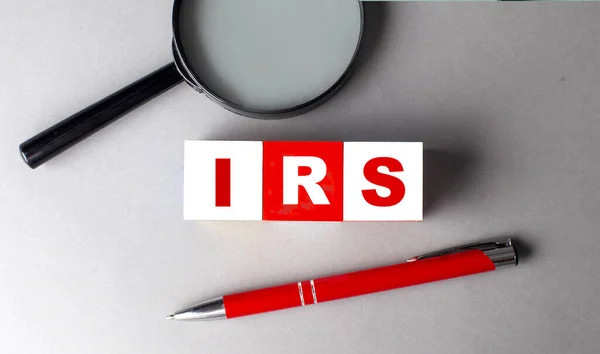When it comes to filing with the IRS, not all forms are created equal. Two major categories—information returns and tax returns—serve different purposes and involve different filers. Understanding the difference is crucial for staying compliant and avoiding penalties.
What Is an Information Return?
An information return is a form used to report specific types of payments or transactions to the IRS and, often, to the recipient of the income. These forms do not calculate tax liability but help the IRS ensure that all income is properly reported on tax returns.
Common Examples of Information Returns:
-
Form 1099-NEC: Reports payments to independent contractors
-
Form 1099-INT: Reports interest income
-
Form W-2: Reports wages paid to employees
-
Form 1098: Reports mortgage interest paid
-
Form 1042-S: Reports income paid to foreign persons
Who files them?
Businesses, financial institutions, and employers file information returns to both the IRS and recipients (e.g., employees, contractors, investors).
What Is a Tax Return?
A tax return is a form used by individuals or businesses to calculate tax liability, claim deductions or credits, and determine whether they owe taxes or are due a refund.
Common Examples of Tax Returns:
-
Form 1040: Individual income tax return
-
Form 1120: Corporate income tax return
-
Form 1065: Partnership tax return
-
Form 990: Return for tax-exempt organizations
Who files them?
Taxpayers—individuals, businesses, estates, and trusts—file tax returns to settle up with the IRS each year.
Key Differences at a Glance:
| Feature | Information Return | Tax Return |
|---|---|---|
| Purpose | Report payments/transactions | Report income and calculate taxes |
| Filed By | Payers (businesses, banks, employers) | Taxpayers (individuals, businesses) |
| Filed To | IRS and recipients | IRS only |
| Examples | 1099, W-2, 1042-S | 1040, 1120, 1065 |
| Calculates Tax Due? | No | Yes |
Why This Matters
-
If you’re a business owner, you likely need to file both: information returns for payments made, and a tax return for your own taxes.
-
If you’re an individual, you’ll receive information returns (like a W-2 or 1099), which you’ll use to complete your tax return.
Understanding the distinction ensures accurate filings and avoids confusion or compliance issues during tax season.

